Polyester Digital Printed tie
Product Detail
Digital printing tie is also called thermal transfer printing. First, a pattern is printed on the paper containing disperse dyes and printing inks. In fabric printing, the transfer paper and the unprinted fabric are stuck together face to face through a thermal transfer printing machine. Pass it through the machine at approximately 210 degrees. Under such high temperature, the dye on the transfer paper sublimates and transfers to the fabric. In this way, a printing process is completed. After printing, the fabric needs post-processing. The first is steaming and fixing. The conditions required for the reaction between the dye and the fiber are provided by steaming, and the appropriate temperature is set. This can fix the color. Followed by water washing. Wash off the slurry attached to the fabric and some floating dyes that have not reacted with the fiber. Again, it is stenter drying. Steam away the remaining moisture on the fabric, and make the width of the fabric uniform through the tentering to improve the quality of the finished product. The advantage of digital printing is that it can print patterns with many colors and complex patterns, and the pattern and color reproduction are high, which is unmatched by the jacquard process.
Product Parameter
|
Commodity |
Polyester Digital Printed tie |
|
Material |
digital printed polyester |
|
Size |
148*5*3.5cm~150*9*4cm or Custom Size |
|
Weight |
55g/pc |
|
Interlining |
540~700g double brushed polyester or 100% wool interlining. |
|
Lining |
Solid or dots polyester tipping, or tie fabric, or customization. |
|
Label |
Customer's brand label and care label (need authorization). |
|
MOQ |
100pcs/color in same size. |
|
Packing |
1pc/pp bag, 300~500pcs/ctn, 80*35*37~50cm/ctn, 18~30kg/ctn |
|
Payment |
30%T/T. |
|
FOB |
Shanghai or Ningbo |
|
Sample time |
1 week. |
|
Design |
Customization. |
|
Place of Origin |
Zhejiang, China (Mainland) |
Why choose us

Flow Chart
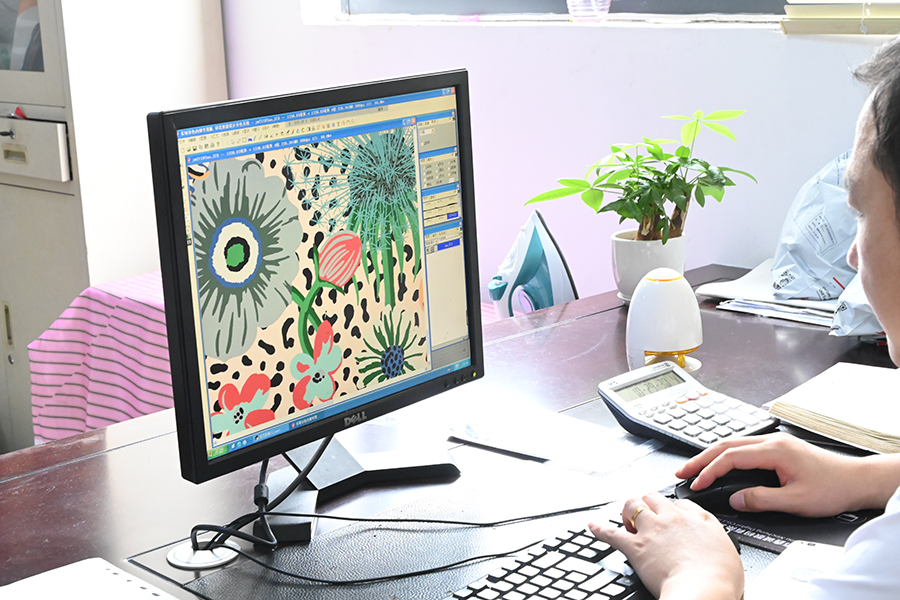
1. Designing
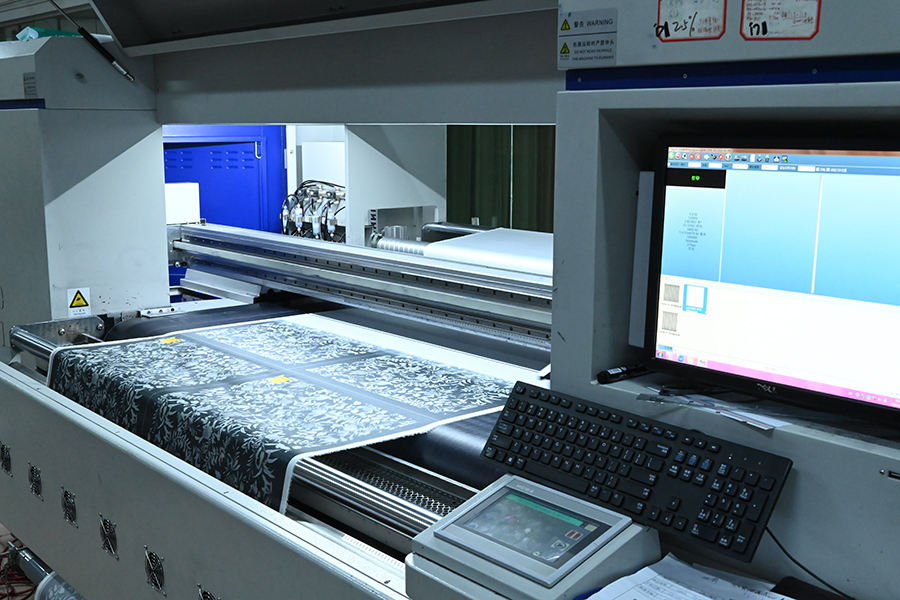
2. Printing
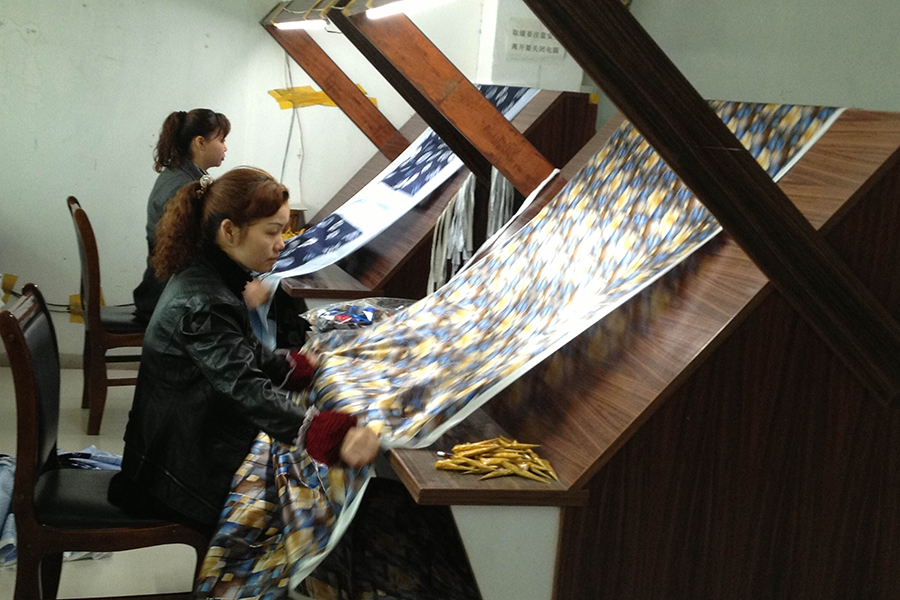
3. Fabric-checking
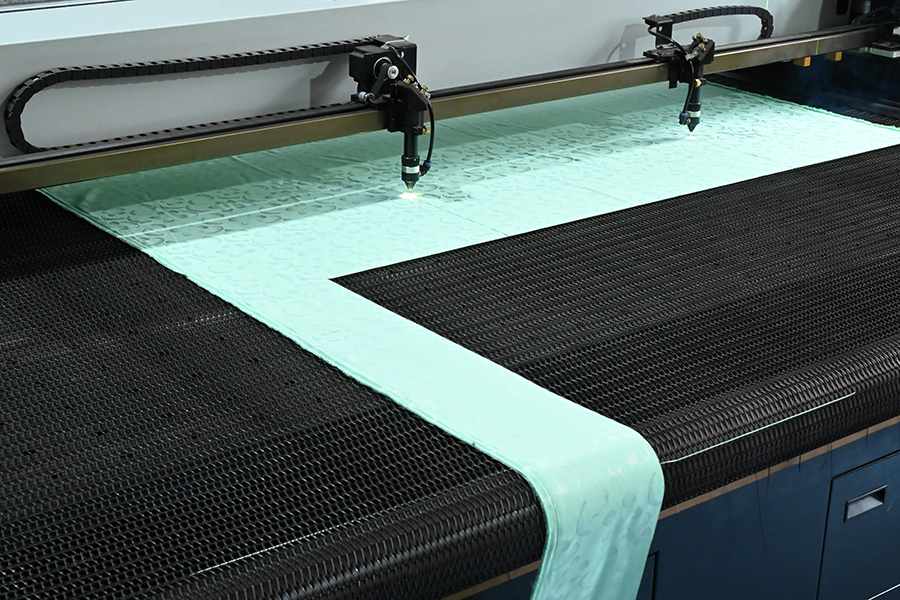
4. Cutting
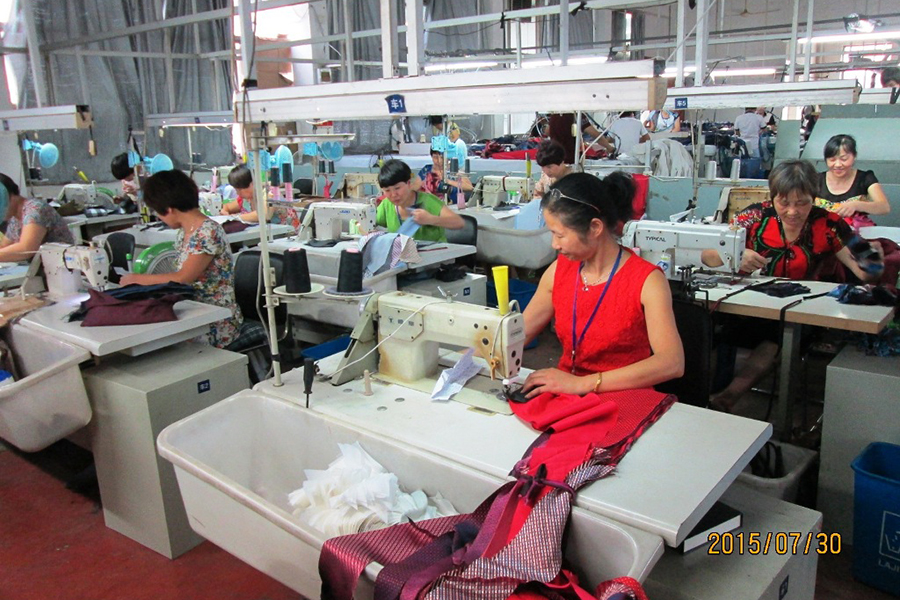
5. Sewing
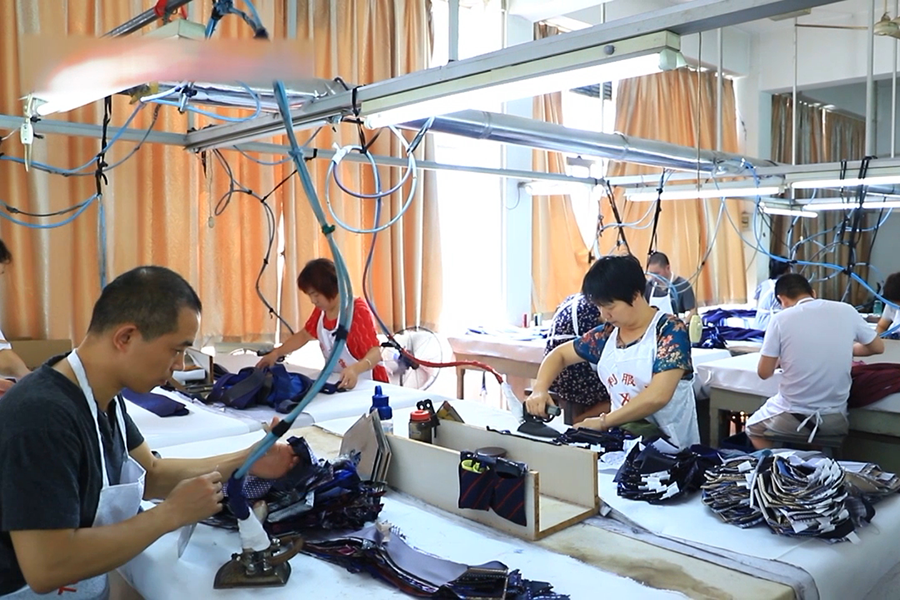
6. Lroning
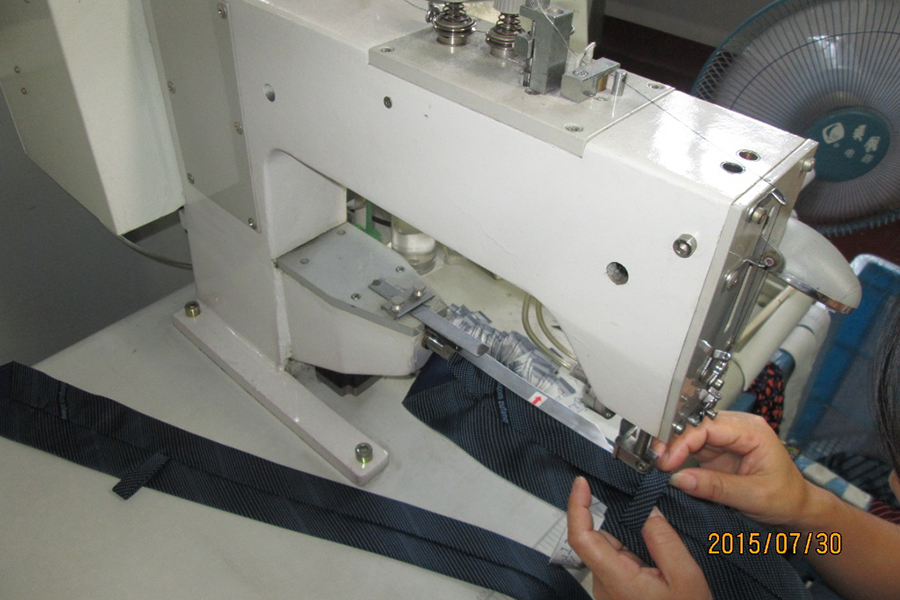
7. Label-stiching
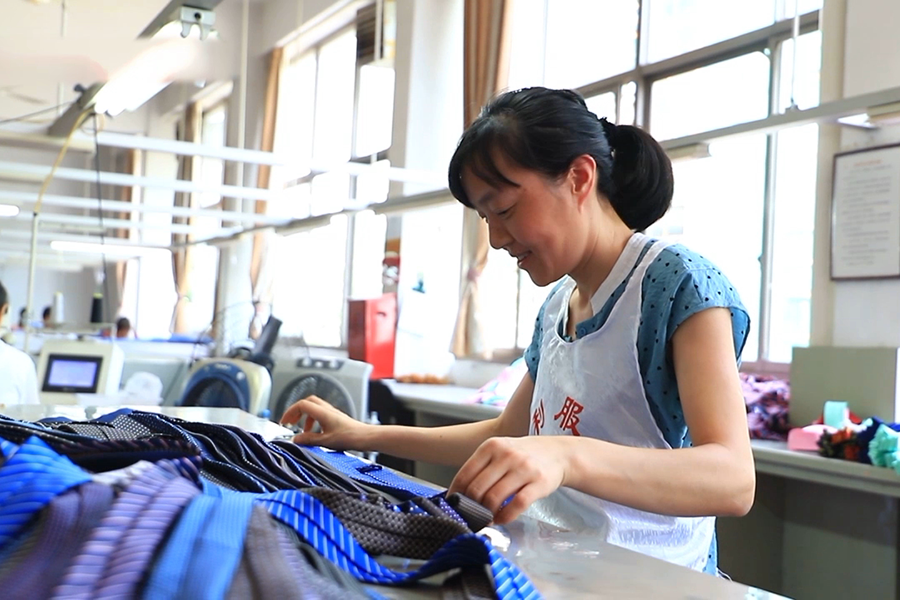
8. Testing
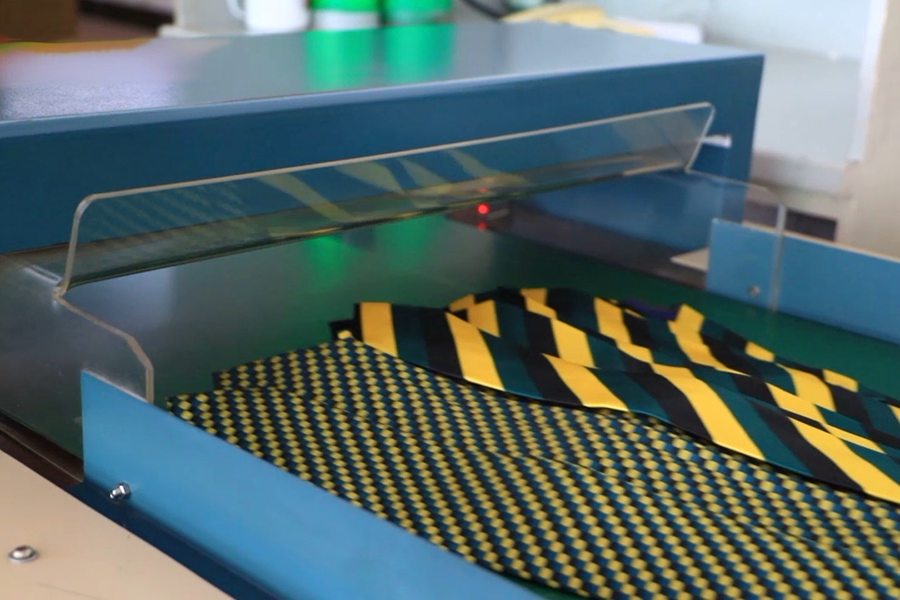
9. Needle checking
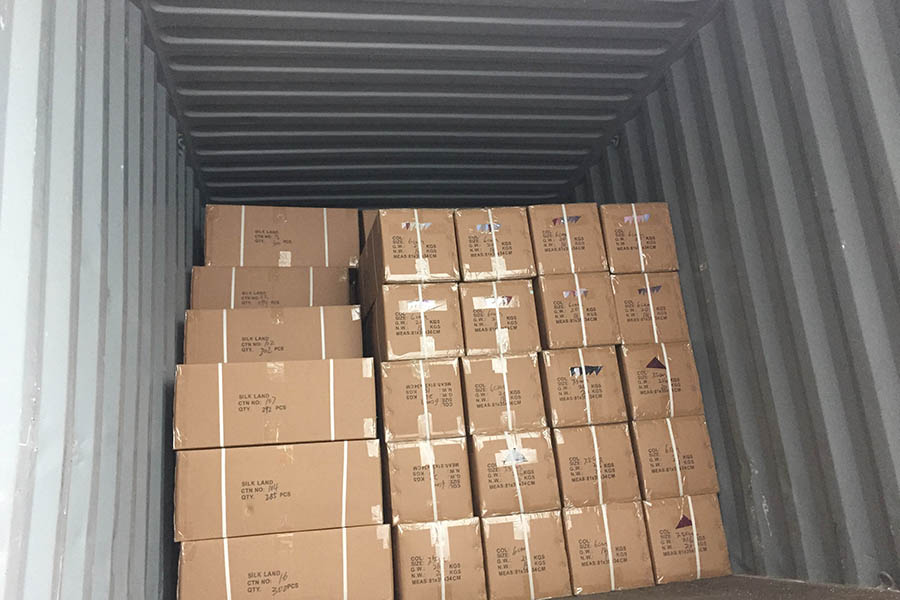




















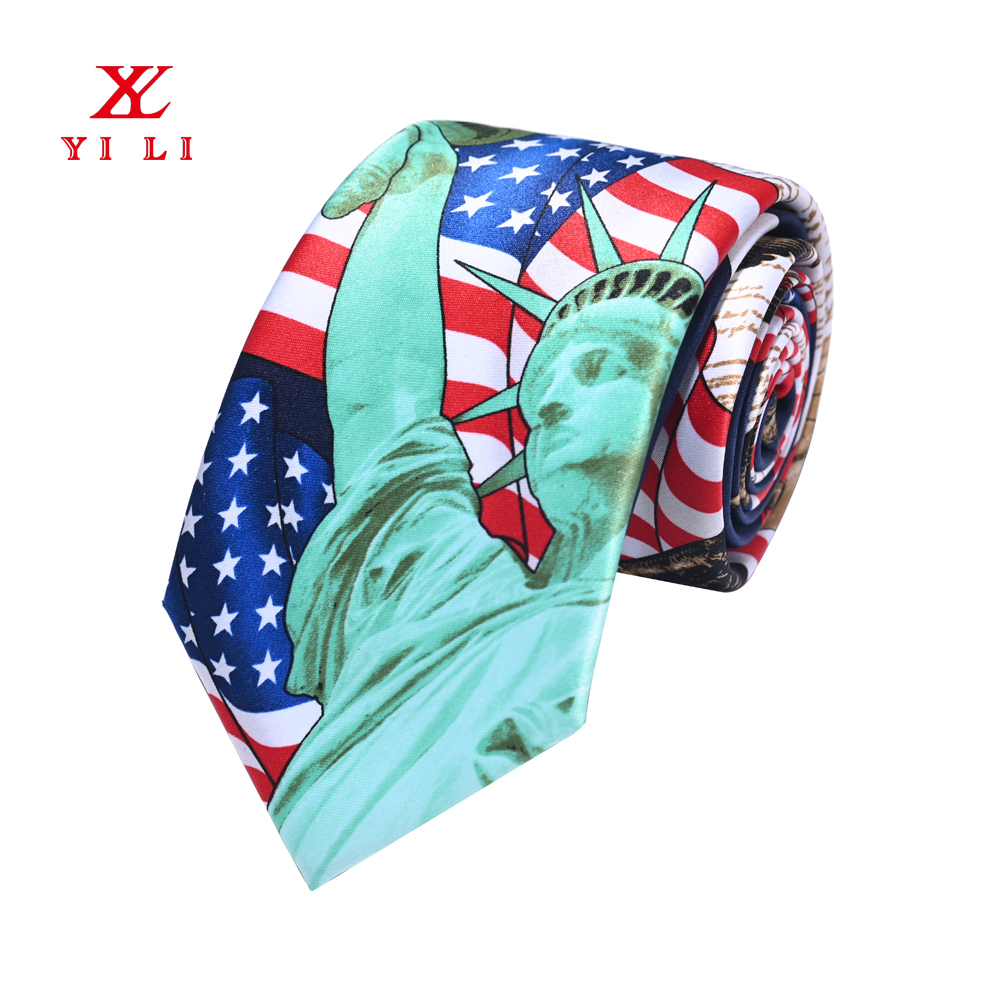
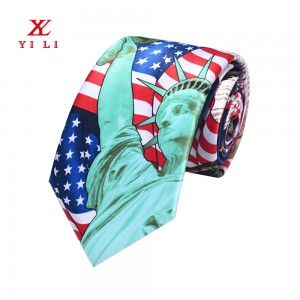
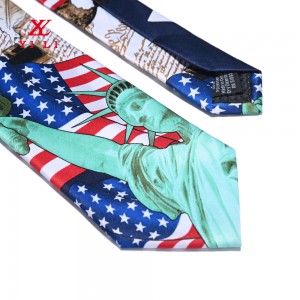
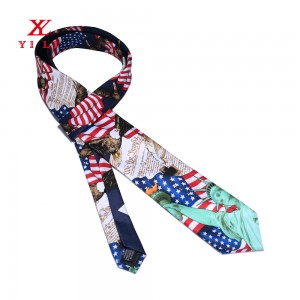
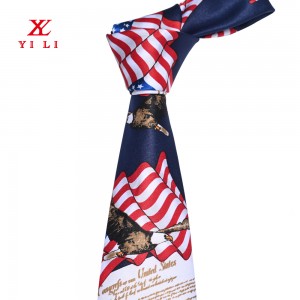
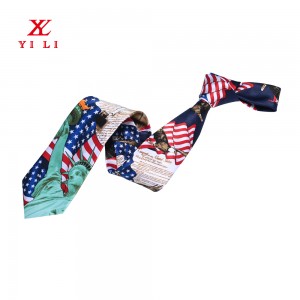
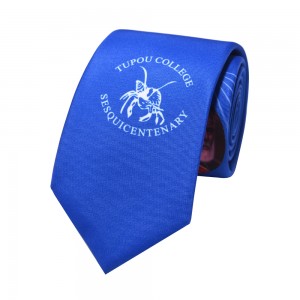




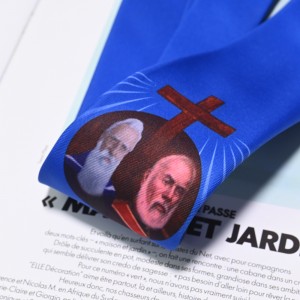

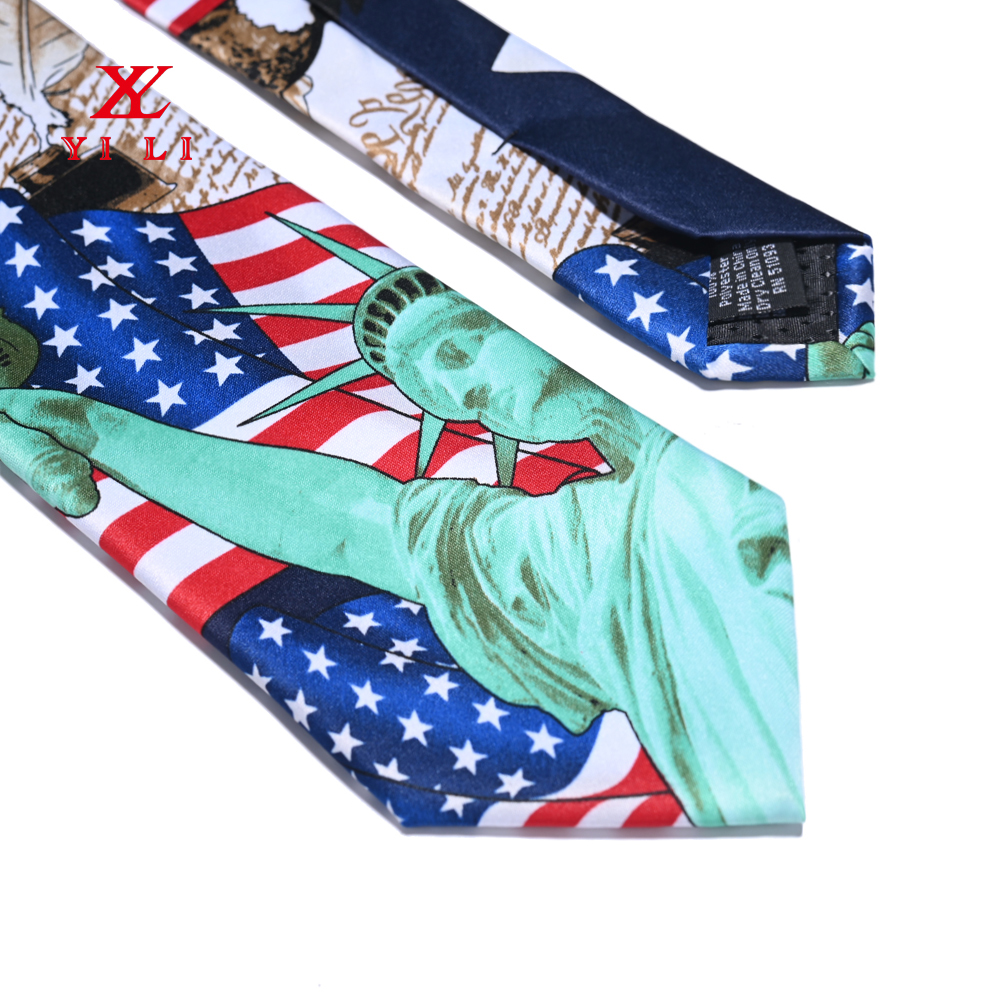
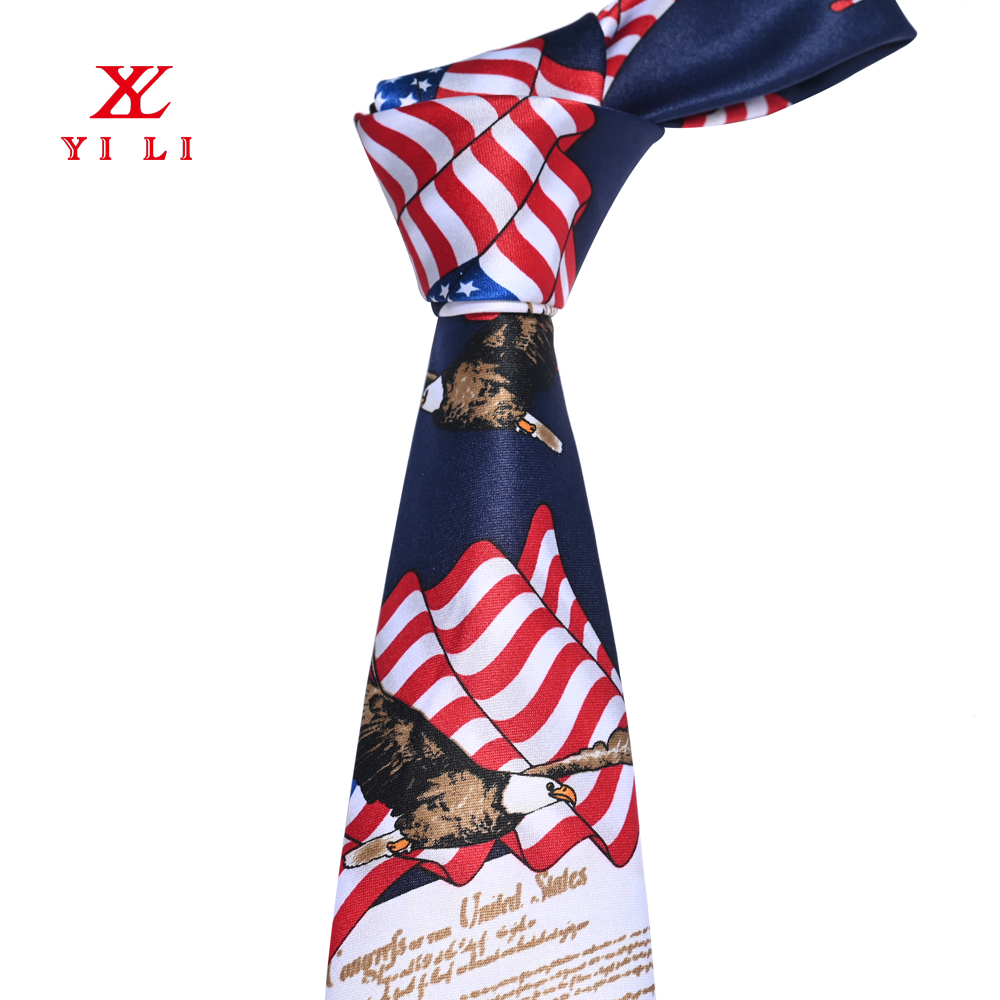
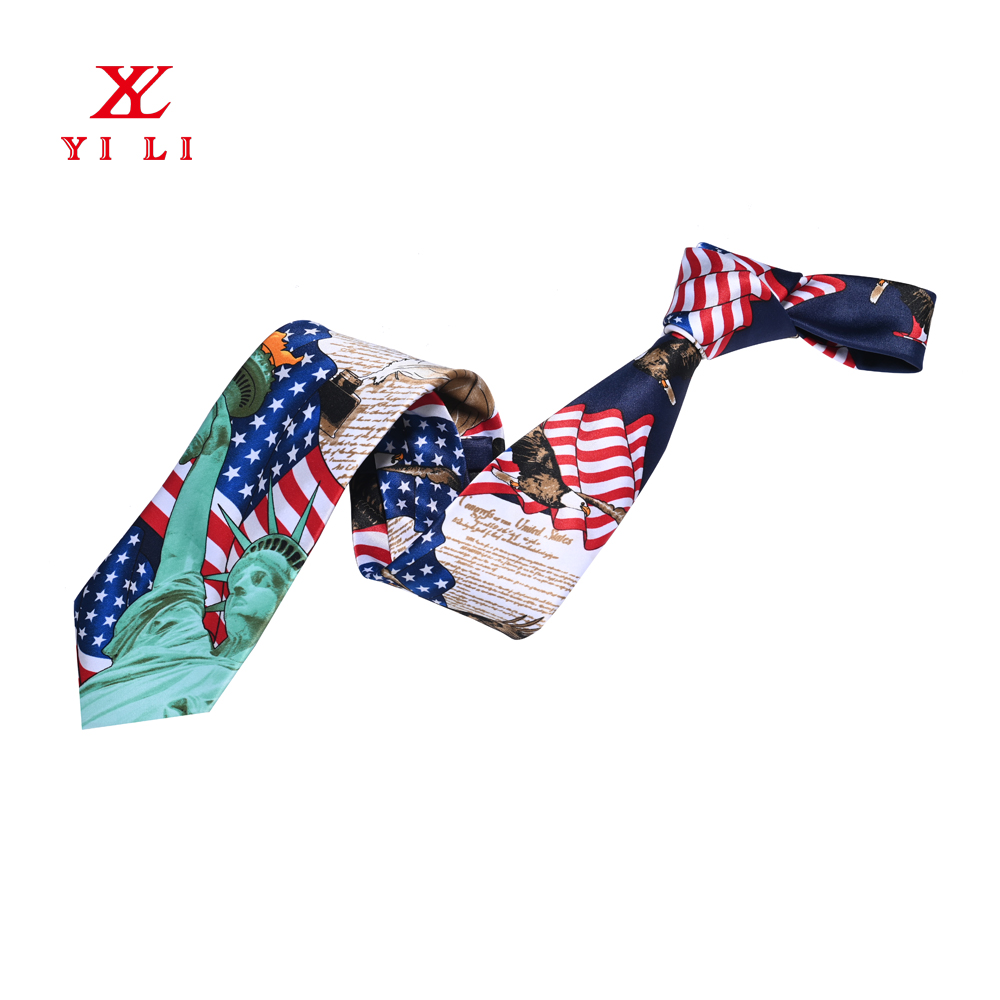
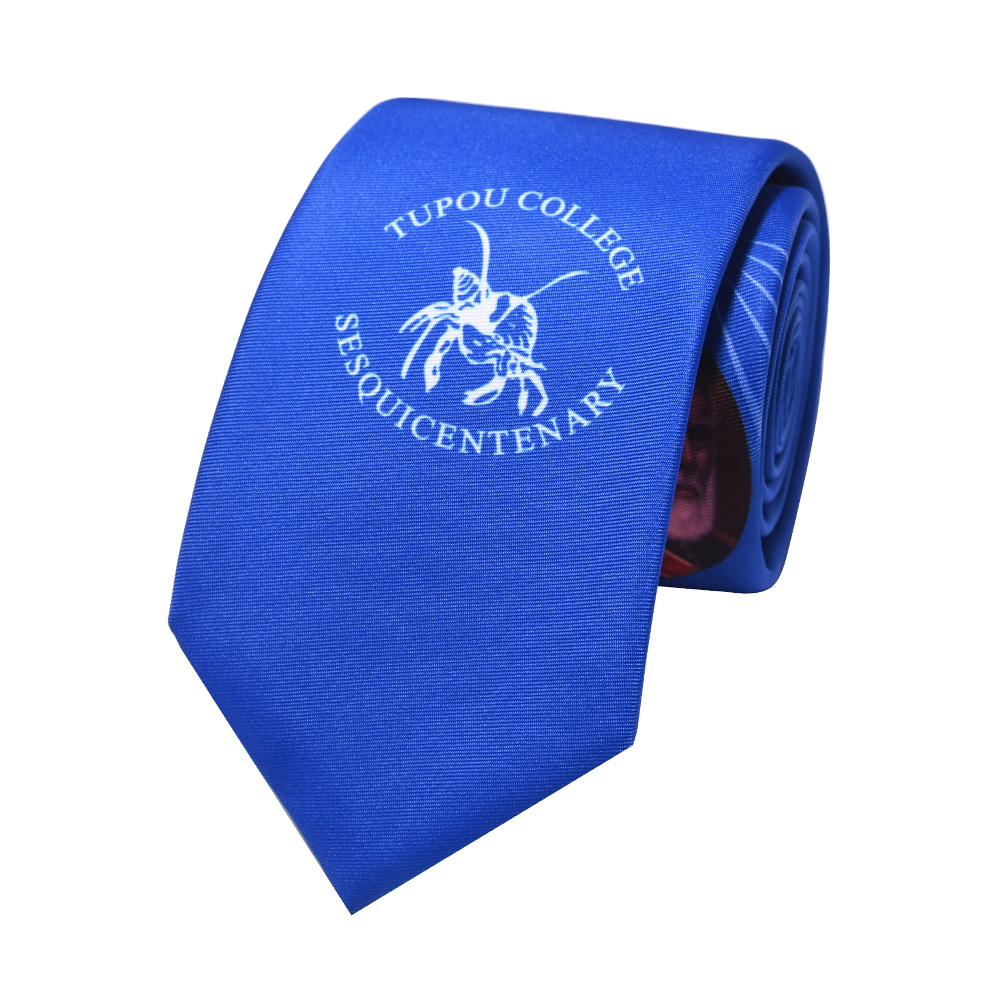


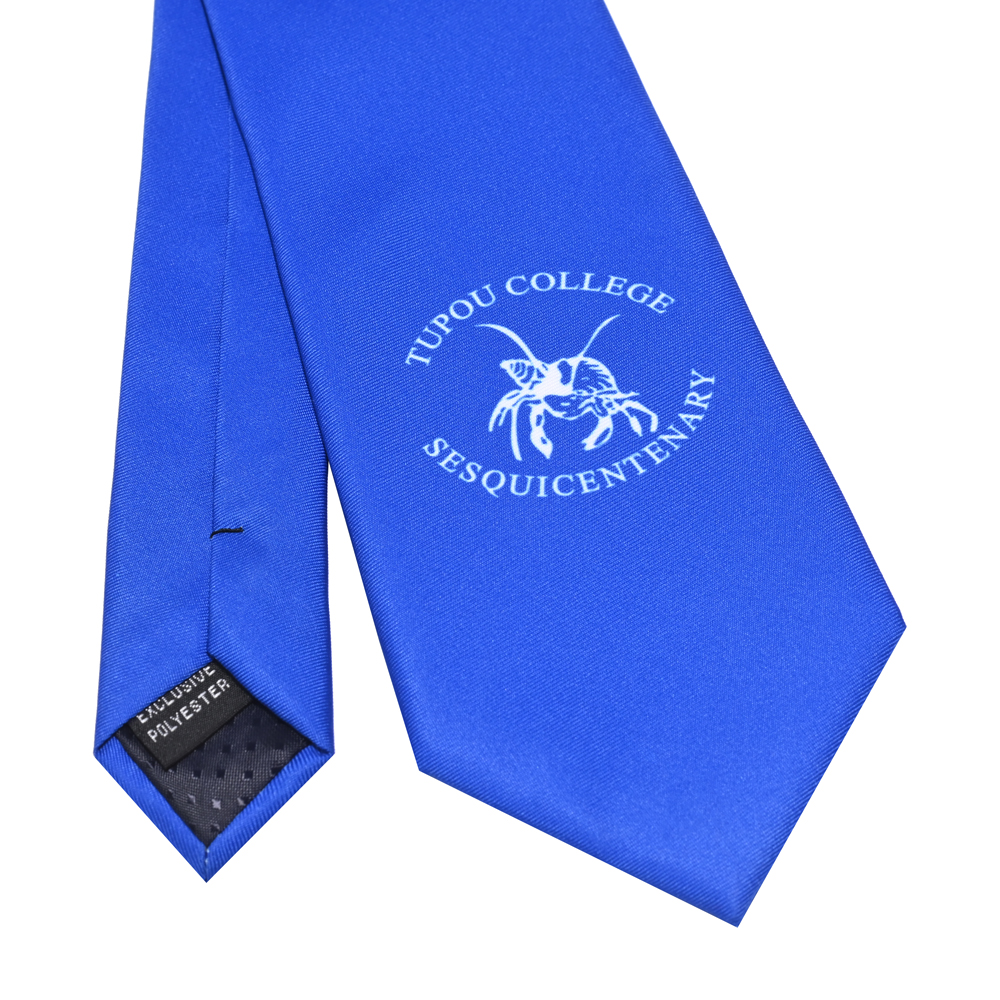
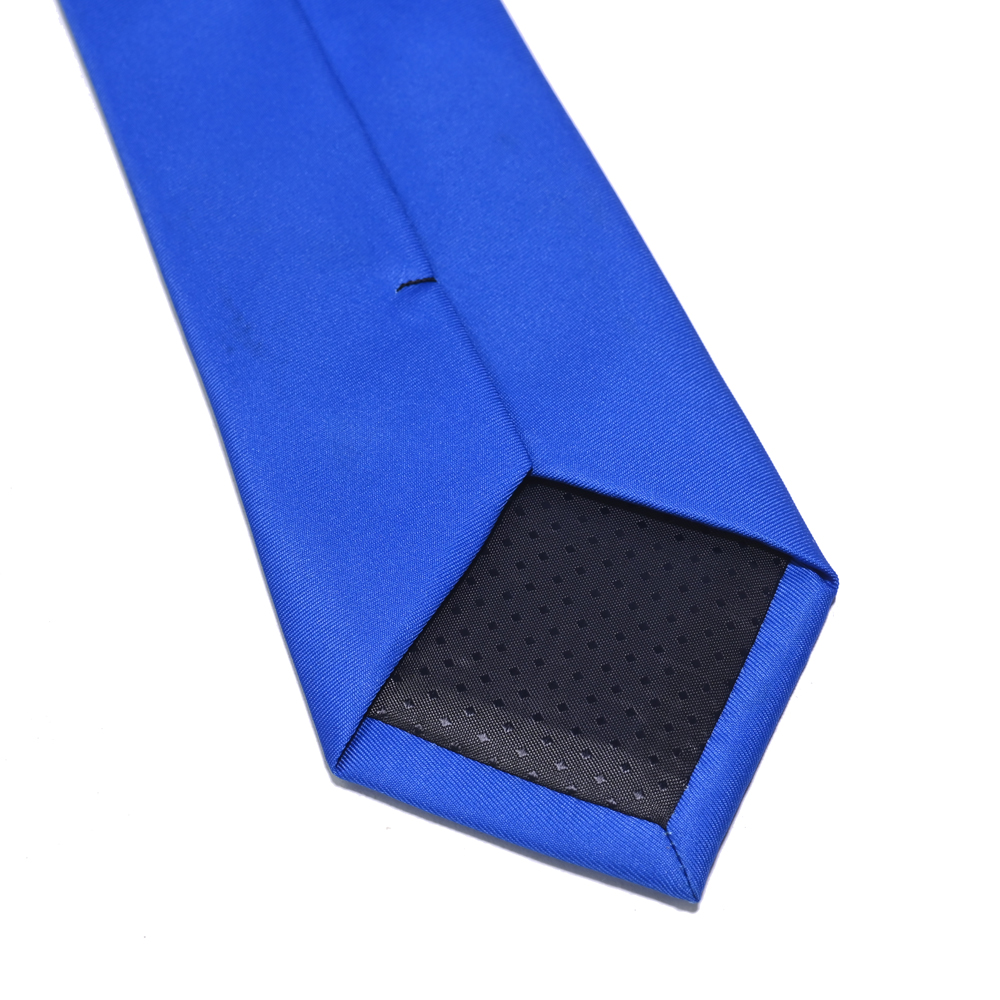
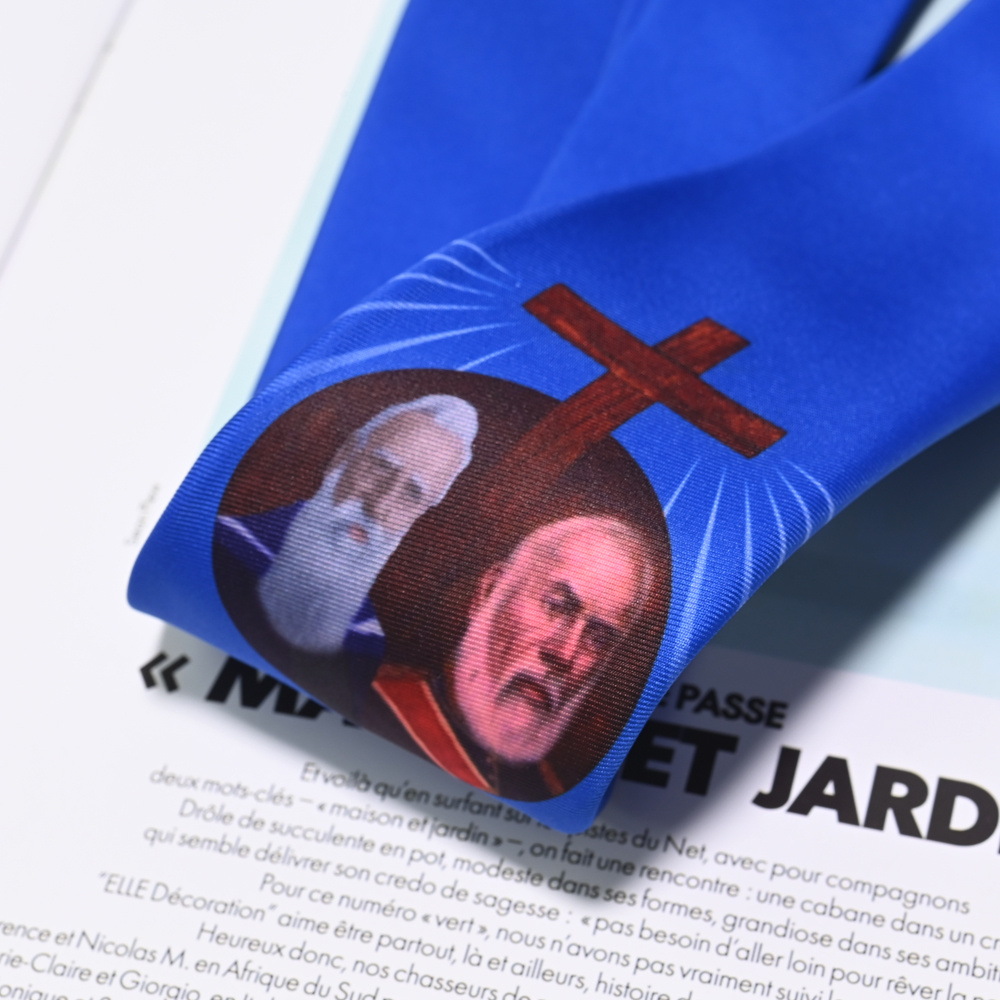

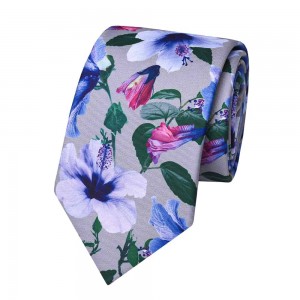
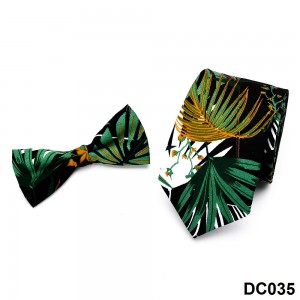
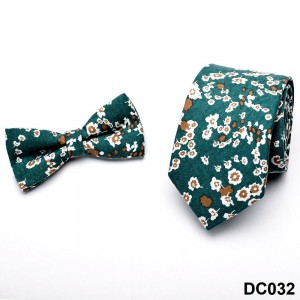
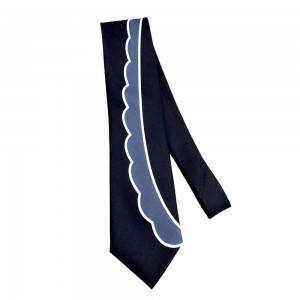
-300x300.jpg)